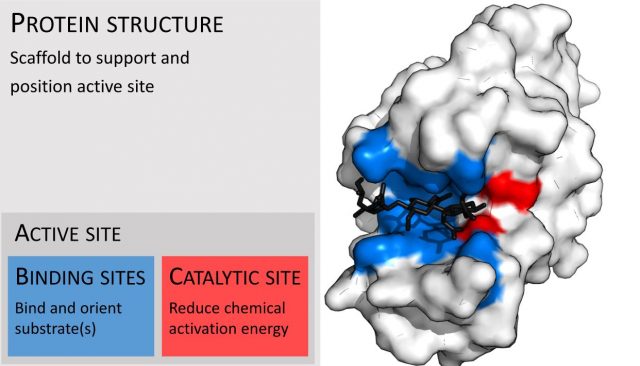Since drugs usually act on the human body by engaging with a molecular target, it is important to find the perfect target for any drug under development. Usually, this means intensive research into the potential protein binding sites that may allow molecular interaction. What, exactly, is a binding site?
A binding site is an area on the outside of the protein molecule that can bind to a molecule, such as a messenger, hormone, or another modulator. Upon binding, the reaction between the protein and the binding partner – known as a ligand – usually changes the protein’s shape, altering its function. For many diseases, altering the protein’s function in a particular way can remedy issues related to that function.
Ligands and Their Importance
In most cases, protein binding sites will only allow bonds with specific ligands. Ligands that are not the correct shape or molecular structure will not bind adequately with the binding site. Conversely, the proper ligand will fit properly, allowing the formation of the strong hydrogen bonds that are necessary to keep it in place.
Once the ligand is in place, the hydrophobic atoms of the protein molecule shift into place, surrounding the ligand. This ensures limited reactions from the surrounding environment and provides the ligand with a more secure fit. Drugs that closely mirror the structure of a particular ligand can fit into their place and thus have their own effects on protein function.


